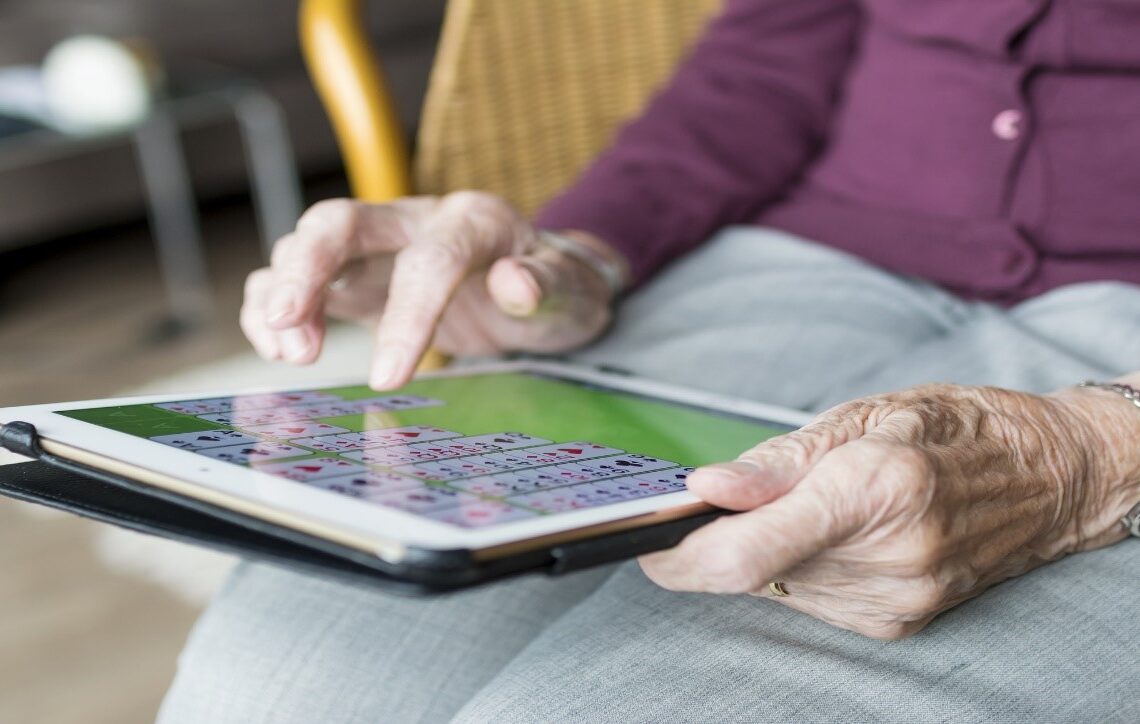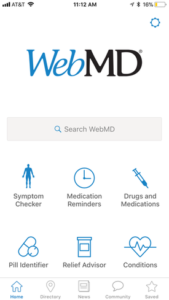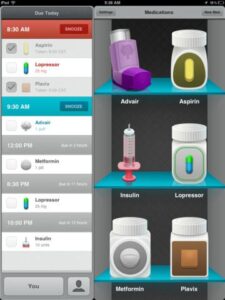8 Types of Technology That Are Enhancing the Lives of the Elderly


In recent history, the pace at which innovative technology is developed to enhance the lives of the elderly is constantly accelerating. Some may have felt left behind by the frantic pace of this ‘technological steam train’. Among the challenges for technology firms now is to meet everyone’s needs, not just a select few. Assistive technology for the elderly is becoming increasingly important in a changing climate with a continuing- to-rise aging population. Research estimates that by 2020, the older adult section of society will make up almost 40% of the country’s population.
Some older adults adapt to innovations in technology easily, whereas others shy away from using even the most basic devices. Research shows that “more than 77% of Americans over the age of 65 say they need help using their computers, smartphones or tablets.”
Does the elderly really shy away from using innovative technology to assist their everyday lives? Well other evidence says they don’t… and here is why….
As one of the surveys on iTOK.net shows “95% of seniors would use medical technology if their physicians recommended it, and 91% would use it if it lowered their insurance costs”. It is just the ‘small’ matter of tech firms ensuring a steady production of new and innovative technology for older adults that is intuitive and easily accessible.
The following is a list of 8 innovative and intuitive devices that can even be used by seniors who are more technologically challenged:
A frequent past time of almost everyone with a smart phone is searching for the latest mobile phone apps on the market. Apps are commonly used for every aspect of daily life, from organizing daily routines to budgeting. The increasing popularity of tablets and smart phones means it is a rarity to find a person without one or the other. An increasing number of the older population are using these technologies. Yet at the same times perhaps without realizing the full potential of how useful this technology is for enriching their lives.
I have included two on my list for this very reason:

1) The WebMD app provides “physician-reviewed health content” and information updated continually recommending steps to take to maintain a healthy lifestyle. This app contains a “Healthy Target” feature enabling the user to set goals for daily eating and exercise routines. At the end of each week it offers steps of action to improve these routines. This app even has a feature where the user enters symptoms to find possible causes, as well as available treatments for the diagnoses. Let’s face it: Nothing can replace a physician, but this tool is highly useful for maintaining a healthy diet and lifestyle!

2) The Pillboxie is a fun way of remembering to take medication at set times that can be coordinated at any time during the morning, afternoon, or evening. Medications can be customized by colors and easily dragged into “the sectioned pillbox graphic”. This helps the user organize their prescription schedule with greater ease. This app will ensure that patients, young or old will have a daily reminder to take their daily medications.
3) One of the world’s leading tech firms is now launching new innovative products for seniors. This is a collaborative effort with the Industrial Development Agency of Ireland to enable seniors to live at home. This $30 million 3 year partnership is based at the TRIL (Technology Research for Independent Living) Center). Researchers from both Intel and Irish universities will work together to develop technology that will do things like “keep elderly people engaged in their communities, detect and prevent falls…”, etc. These technologies would also enable seniors with fading memory to continue living independently.
4) One example of an assistive device that aids people with memory loss is a phone that shows the incoming caller’s picture and profile. As well as details from previous conversations that they have had with the present caller.
5) An example of great technology for seniors that doesn’t need much technical knowhow is the Task Fall Detector. This is both waterproof and hypoallergenic (unlikely to cause an allergic reaction). This device is a great example of wearable technology for the elderly and is very similar to wearing a wrist watch. It immediately “detects when a person wearing it falls on the ground”. It includes an integrated panic button in case of an emergency that will automatically send an ‘SOS’ signal out.
6) Perhaps one of the most interesting devices on this list is the MP3341 Man Down mobile phone app. This app can save up to five contact numbers for instant dialing when needed in an emergency situation. The app is basically a picture press home phone that can be used by all.
Why have I included this device? Interestingly the MP3341’s designer is a 91 years old. This not only lends a unique insight to this design, but shows that some of the older adult population are not bystanders, but active contributors.
One of the truly remarkable stories is how a lady of 90 years old +, who suffers from muscular degeneration, works part time for a leading Silicon Valley Company. Her story is an awe inspiring one, but even more exciting is the assistive technology she is currently working on.
7) Currently Barbara Beskind is working on a ‘trekker’ walker. It has been designed to invite a straighter posture and enhances balance by “allowing a right arm swing”. Beskind is legally blind and gets around using custom made ski poles. These come equipped with a flash light attached on one of the ski poles. This ensures she can travel home safety when it gets dark and visibility is even more challenging.
8) Beskind is working on creating a pair of glasses with a mounted camera. This enables people with visual impairments to use their peripheral vision. This enables the person wearing these glasses to avoid dangerous falls on the pavement. These glasses will also come with voice and face recognition. If the user walked into a crowded (where it is difficult to recognize a familiar face or voice). The voice activated feature would discreetly tell the user when being greeted by friends or their family.
The world’s senior population is growing and the need is there for new and cutting edge technology for older adults. Assistive devices that meet their needs, are easy to use, and are accessible for all. The challenge for many technology firms is designing innovation through the eyes of a senior person. At over 92 years old Barbara Beskind is one of the key people in shaping a brighter future. A future where the elderly needn’t shy away from technology, but rather embrace it.
To stay up-to-date with the latest trends and innovation in healthcare technology, be sure to follow Merraine Groups blog.
By: Jonathan Gordon
